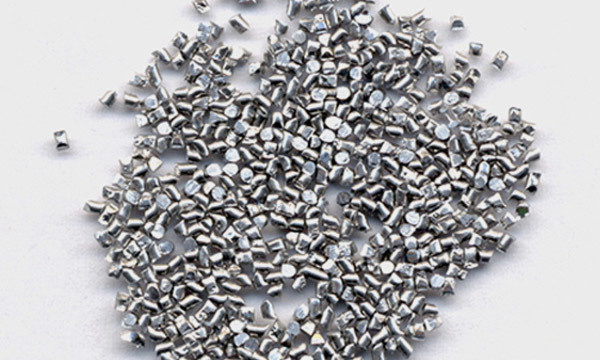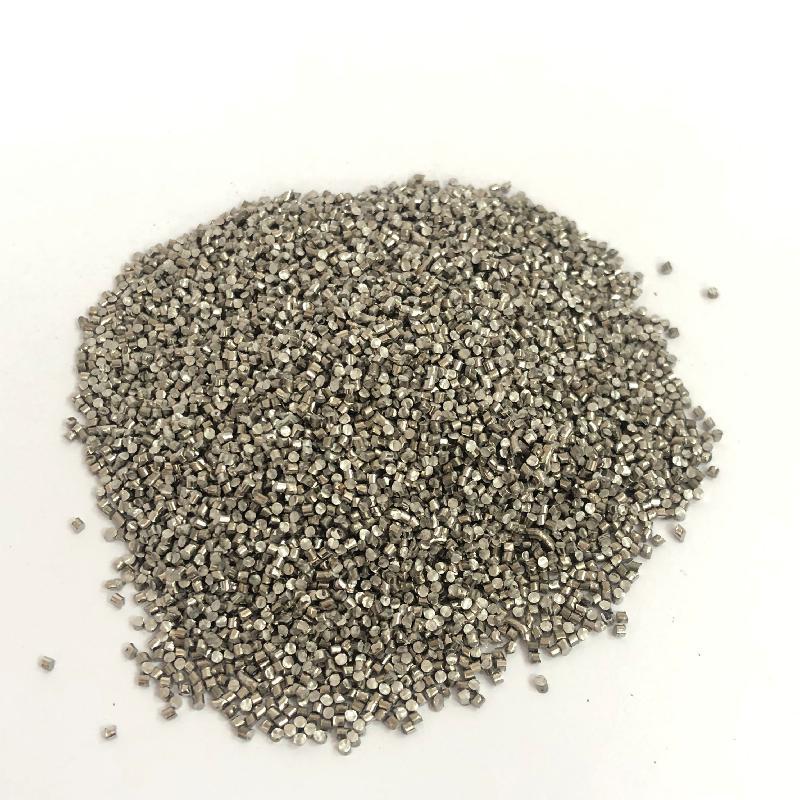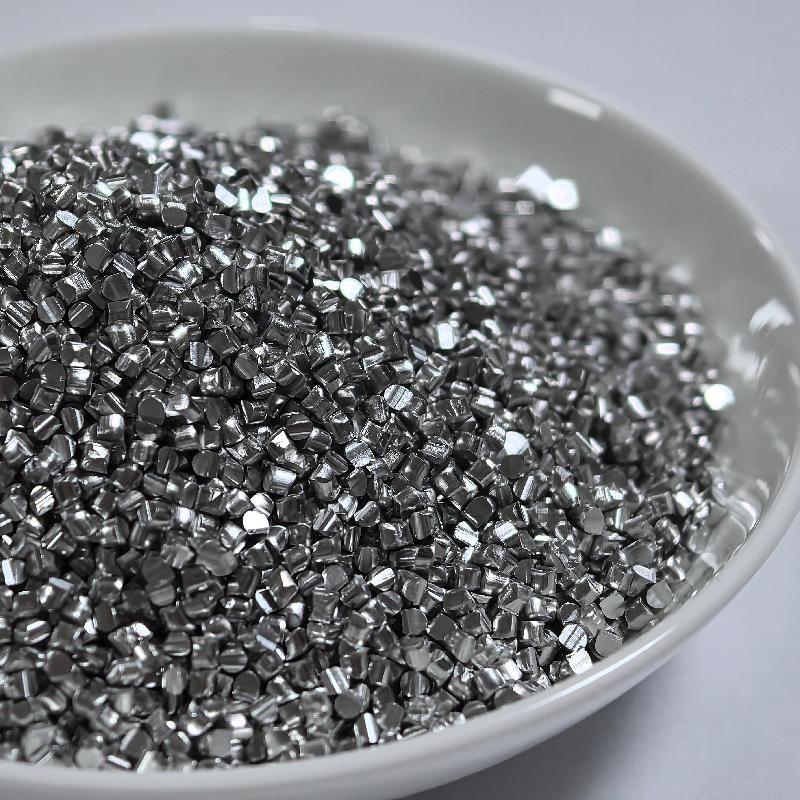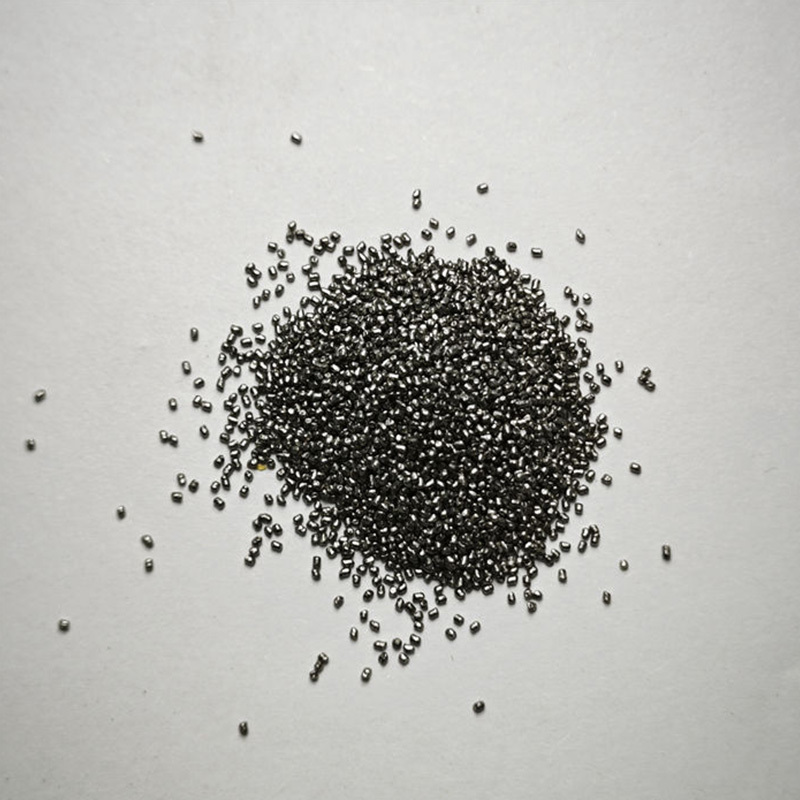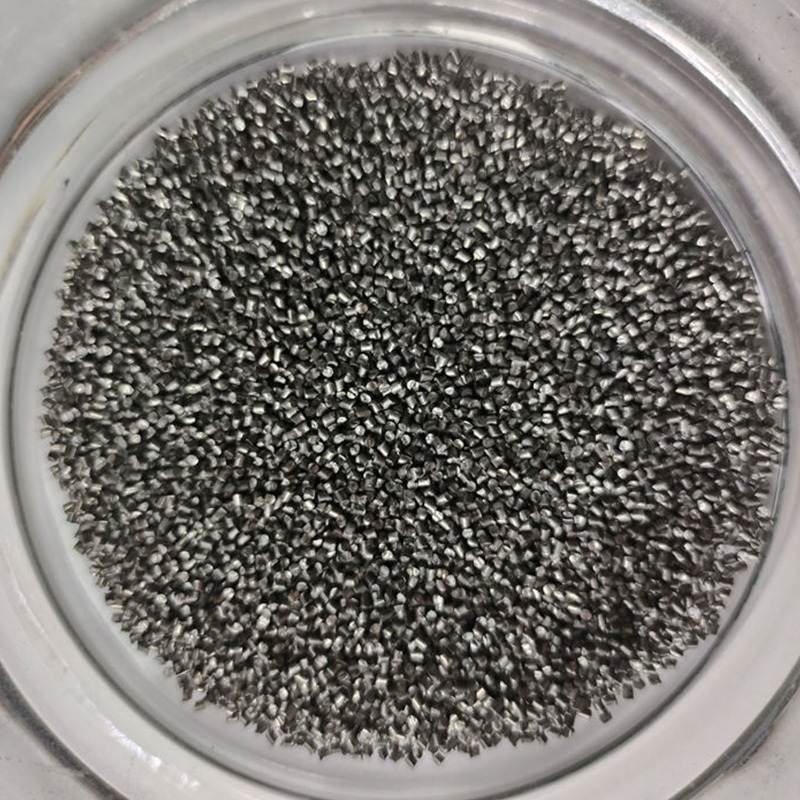The Ultimate Guide to Shot Blasting Concrete: Techniques and Tips for a Flawless Finish
Release time:
2025-05-17
The Ultimate Guide to Shot Blasting Concrete: Techniques and Tips for a Flawless Finish Table of Contents 1. Introduction to Shot Blasting Concrete 2. Understanding the Shot Blasting Process 3. Essential Equipment for Shot Blasting 3.1 Types of Shot Blasting Machines 3.2 Protective Gear and Safety Equipment 4. Preparing the Concrete Surface 4.1 Cleaning the Area 4.2 Assessing Surface Conditions 5.
The Ultimate Guide to Shot Blasting Concrete: Techniques and Tips for a Flawless Finish
Table of Contents
1. Introduction to Shot Blasting Concrete
2. Understanding the Shot Blasting Process
3. Essential Equipment for Shot Blasting
3.1 Types of Shot Blasting Machines
3.2 Protective Gear and Safety Equipment
4. Preparing the Concrete Surface
4.1 Cleaning the Area
4.2 Assessing Surface Conditions
5. Shot Blasting Techniques
5.1 Horizontal vs. Vertical Blasting
5.2 Adjusting Blast Pressure
6. Post-Blasting Procedures
6.1 Cleaning Up After Shot Blasting
6.2 Sealing and Finishing the Surface
7. Common Mistakes to Avoid
8. Frequently Asked Questions (FAQs)
9. Conclusion
1. Introduction to Shot Blasting Concrete
Shot blasting is an essential technique in the construction and renovation industries, particularly when dealing with concrete surfaces. This method utilizes high-speed projectiles to clean, prepare, and finish concrete, resulting in a durable and aesthetically pleasing surface. In this guide, we will delve into the various aspects of shot blasting, including techniques, equipment, and best practices to ensure a flawless finish.
2. Understanding the Shot Blasting Process
At its core, shot blasting involves the use of a specialized machine that propels abrasive materials, commonly referred to as "shot," against a concrete surface. This process effectively removes contaminants, old coatings, and surface imperfections, enhancing the surface profile for better adhesion of paints, sealers, or overlays. Understanding the mechanics behind shot blasting is crucial for achieving optimal results.
3. Essential Equipment for Shot Blasting
Having the right tools is vital for successful shot blasting. Below, we explore the critical equipment necessary for this process.
3.1 Types of Shot Blasting Machines
There are several types of shot blasting machines, each suited for specific applications:
- **Portable Shot Blasters**: Ideal for smaller jobs, these machines can be easily maneuvered for spot treatments or tight spaces.
- **Ride-On Shot Blasters**: Designed for larger projects, these machines allow operators to ride along while blasting, increasing efficiency.
- **Centrifugal Wheel Blasters**: These machines use centrifugal force to propel shot, offering consistent coverage over large areas.
3.2 Protective Gear and Safety Equipment
Safety should always be a top priority when shot blasting. Essential protective gear includes:
- Respiratory masks to prevent inhalation of dust and debris.
- Protective eyewear to shield against flying particles.
- Heavy-duty gloves and clothing to safeguard against abrasives.
4. Preparing the Concrete Surface
Proper preparation of the concrete surface is crucial for effective shot blasting. This section covers the steps necessary to ensure the surface is ready for blasting.
4.1 Cleaning the Area
Before starting the shot blasting process, it is essential to clean the area thoroughly. Remove any debris, dirt, and grease to ensure a smooth blasting experience. Vacuuming or sweeping the surface can help eliminate loose particles.
4.2 Assessing Surface Conditions
Examine the concrete for cracks, spalling, or other imperfections. Identifying these issues before blasting allows for appropriate measures to be taken, such as repairs or patching, which will contribute to a better finish.
5. Shot Blasting Techniques
Once the surface is prepared, it’s time to implement the techniques that make shot blasting effective and efficient.
5.1 Horizontal vs. Vertical Blasting
Depending on the orientation of the concrete surface, the approach to shot blasting may vary:
- **Horizontal Blasting**: Ideal for floors and pavements, this technique allows for even coverage and effective removal of contaminants.
- **Vertical Blasting**: Used on walls and other vertical surfaces, this method requires careful handling to ensure that the shot does not bounce off the surface prematurely.
5.2 Adjusting Blast Pressure
Proper adjustment of the blast pressure is vital for achieving the desired results. Higher pressure may be necessary for tougher surfaces, while lower pressure can be sufficient for lighter cleaning. Experimenting with different settings can help find the optimal balance.
6. Post-Blasting Procedures
After completing the shot blasting process, there are several important steps to follow to ensure the integrity and appearance of the surface.
6.1 Cleaning Up After Shot Blasting
Once blasting is complete, the area should be cleaned to remove any residual abrasives. This may involve vacuuming or sweeping to ensure a clean surface before any further treatments.
6.2 Sealing and Finishing the Surface
To protect the newly blasted surface, applying a sealant is recommended. This helps to prevent future damage and enhances the overall appearance. Choose a sealant suitable for the specific type of concrete and its intended use.
7. Common Mistakes to Avoid
Even experienced contractors can make mistakes during shot blasting. Here are some common pitfalls to avoid:
- **Inadequate Cleaning**: Failing to clean the surface thoroughly can lead to uneven results and poor adhesion of subsequent coatings.
- **Improper Pressure Settings**: Using too high or low pressure can damage the concrete or result in ineffective cleaning.
- **Neglecting Safety Protocols**: Always prioritize safety by wearing appropriate protective gear and ensuring proper ventilation in the working area.
8. Frequently Asked Questions (FAQs)
What is shot blasting?
Shot blasting is a surface preparation technique that uses high-speed abrasive materials to clean and finish concrete surfaces.
How does shot blasting differ from sandblasting?
While both methods use abrasives, shot blasting is more efficient and can often achieve better results due to controlled application and the use of specific projectiles.
Can shot blasting be used on all types of concrete?
Yes, shot blasting is versatile and can be used on most concrete surfaces, including floors, walls, and driveways.
How long does the shot blasting process take?
The duration of shot blasting can vary based on the size of the area and the condition of the concrete. Generally, it can take anywhere from a few hours to a full day.
Do I need to seal the concrete after shot blasting?
Yes, sealing the concrete after shot blasting is recommended to protect the surface from damage and enhance its appearance.
9. Conclusion
In conclusion, shot blasting is an effective method for preparing and finishing concrete surfaces, offering several advantages such as improved adhesion and enhanced durability. By understanding the process, utilizing the right equipment, and following proper techniques, you can achieve a flawless finish. Remember to prioritize safety and take the time to prepare your surfaces adequately. With the insights provided in this guide, you are well-equipped to undertake your shot blasting projects with confidence.
News
The Ultimate Guide to Shot Blasting Concrete: Techniques and Tips for a Flawless Finish
The Ultimate Guide to Shot Blasting Concrete: Techniques and Tips for a Flawless Finish Table of Contents 1. Introduction to Shot Blasting Concrete 2. Understanding the Shot Blasting Process 3. Essential Equipment for Shot Blasting 3.1 Types of Shot Blasting Machines 3.2 Protective Gear and Safety Equipment 4. Preparing the Concrete Surface 4.1 Cleaning the Area 4.2 Assessing Surface Conditions 5.
Understanding Shot Peening: Enhancing Material Durability and Performance
Shot peening is a cold working process that involves bombarding the surface of a material with small spherical media, commonly referred to as shots. This technique is primarily employed to improve the mechanical properties of metals and alloys. By inducing compressive residual stresses on the surface layer, shot peening effectively enhances the fatigue strength and overall durability of various co
The Role of Steel Shot Blasting in Automotive Restoration: A Comprehensive Guide
The Role of Steel Shot Blasting in Automotive Restoration Automotive restoration is a meticulous and rewarding endeavor, requiring both skill and the right techniques to bring vehicles back to their former glory. Among these techniques, **steel shot blasting** has emerged as a pivotal process that not only cleans but also prepares surfaces for painting and other treatments. This article explores t
Understanding Shot Blasting: A Comprehensive Guide for the Hardware and Abrasives Industry
--- Shot blasting is a mechanical surface treatment process that employs high-speed abrasive materials, known as shots, to clean, strengthen, or polish the surface of various materials, particularly metals. This technique is widely used in the hardware and abrasives industry for its efficiency and effectiveness in preparing surfaces for further processing, such as painting or coating. The shot bla
Unlocking Metal Mastery: The Top Benefits of Using Wheelabrator Shot Blasters for Your Metal Projects Table of Contents 1. Introduction to Wheelabrator Shot Blasters 2. What Are Wheelabrator Shot Blasters? 3. How Wheelabrator Shot Blasters Work 4. Key Benefits of Using Wheelabrator Shot Blasters 4.1 Enhanced Surface Preparation 4.2 Improved Product
Blast Track Shot Blaster: Revolutionizing Surface Preparation for Optimal Results
Introduction to Blast Track Shot Blaster The **Blast Track Shot Blaster** is a game-changing tool in the realm of surface preparation, designed to deliver superior efficiency and results. In industries ranging from construction to manufacturing, the need for high-quality surface treatment is crucial. This article will delve deep into the workings, applications, and benefits of the Blast Track Shot



